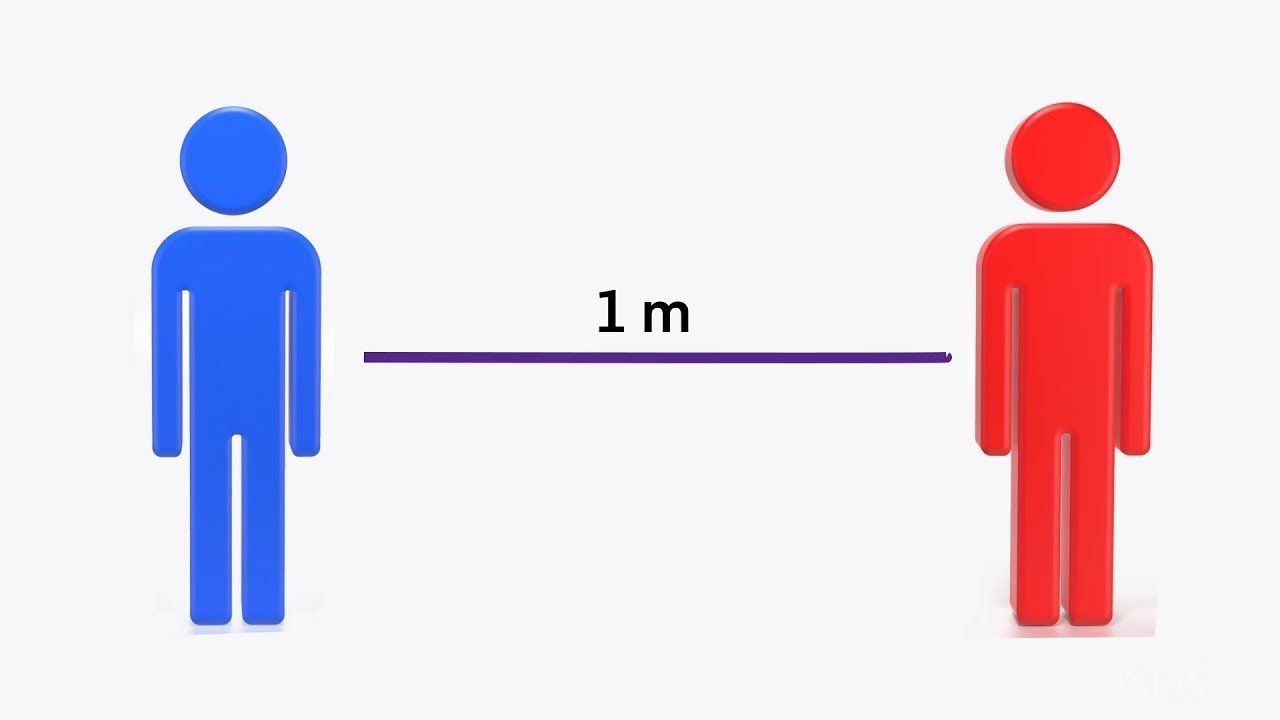The Cholera Wedding and Its Meaning for Our Time
April 2, 2020

I have spent the past decade studying the cholera wedding, a magical ritual that the Jews of Eastern Europe devised to ward off epidemics in the nineteenth and early twentieth centuries. The rite involved marrying off the outcasts of the community — including beggars, physically and developmentally disabled people, and poor orphans — to each other in the town cemetery. Apologists for the cholera wedding usually claimed that it was a deed of great charity that was meant to appease God during a time of divine displeasure. The community was atoning for its past unkindnesses towards its outcasts by providing them with a match, which few such marginal individuals would otherwise have been able to attain. My view, however, is that the cholera bride and groom, as they were known, were meant to serve as a kind of scapegoat, functioning as substitute victims for the epidemic. This inner meaning of the ritual may even have been related to Christian society’s tendency to blame Jews for epidemics, an impulse with a long history extending back to the time of the Black Death. If Jews sensed that they were being blamed for cholera, perhaps they unconsciously sought an alternative scapegoat in their own outcasts.
The tidal wave of the COVID-19 pandemic has brought us not only social distancing and isolation but also fear, anxiety, uncertainty, anger, and loneliness. It has also led me to a new understanding of the cholera wedding that my years of immersion in historical documents could not provide. The sense of despair and despondency can feel overwhelming, and at times one is tempted to give up hope. If only for a ray of light, some reason to rejoice! And that is exactly what the cholera wedding offered. Indeed, in the mid-nineteenth century it was widely accepted that fear or malaise could make one more susceptible to cholera. In Cholera: The Biography, Christopher Hamlin notes that in 1830 the Russian government advised its citizens that “a very important means of safety is to repress all tendency to depression and chagrin, and to preserve a cheerfulness and tranquility of mind.” The cholera wedding brought joy back to the shtetl — to the very cemetery where only hours earlier the most recent victims of the epidemic had been buried. It was a way of thumbing one’s nose at Death, to defy it to take one more victim from a community that was united in the face of tragedy.
The cholera wedding arose, as far as we can tell, in the 1830s and reemerged with every pandemic: the successive waves of cholera in the nineteenth century and then influenza and typhus during and immediately after the First World War. It spread to Ottoman Palestine and the United States, and experienced its last and most tragic revival during the Holocaust, when the ghettoes of Eastern Europe were ravaged by disease. I had assumed that the cholera wedding was a custom that died during World War II along with most of the Jews of Eastern Europe. But I was wrong. Yesterday I read of a wedding performed between two orphans at a cemetery in the Ultra-Orthodox community of B’nai Brak in Israel as a remedy to stop the COVID-19 epidemic. The author of an article describing the ritual in a religious newspaper explained that dancing joyously in the cemetery alleviates people’s fear of the epidemic, thus helping to save them from falling ill. As in past iterations of the rite, the young couple were obviously being used by the community for its own purposes, all protestations about altruism to the contrary. And yet — despite the supreme irrationality of this kind of magic ritual — can we honestly say that there isn’t something rational about the idea of finding a reason to be happy during this dark time?
Very few of us would want to bring back the cholera wedding. But there are aspects of it that bear pondering. As we retreat into our homes, many of us are finding that the epidemic is sharpening our focus on what is truly important — family, friends, community — and helping us to reassess our priorities. The cholera wedding brought the community together, albeit not for a purpose that most of us would condone today. Maybe this epidemic can bring us together as well — but this time
all
of us, including the most vulnerable among us.
Indeed, we might consider that we now have an opportunity to transform the ritual, its roots in hatred and fear of a particular group of people, and its focus on the outcasts and marginalized of the community. Rather than blame a particular ethnic or national group by, for example, calling the pandemic the “Chinese virus,” we can recognize in the fact that the disease knows no political or demographic boundary a sign of our common humanity. And if we can overcome our anxiety about our own well-being to reach out to and care for the most vulnerable members of our society who are so at risk of being felled by this insidious virus — the elderly, the medically fragile, the houseless, the destitute — then we may be able to overcome the legacy of the cholera wedding and perhaps finally relegate it to history.
¤
Natan M. Meir is Lorry I. Lokey Professor of Judaic Studies at Portland State University and author of Stepchildren of the Shtetl: The Destitute, Disabled, and Mad of Jewish Eastern Europe.
Did you know LARB is a reader-supported nonprofit?
LARB publishes daily without a paywall as part of our mission to make rigorous, incisive, and engaging writing on every aspect of literature, culture, and the arts freely accessible to the public. Help us continue this work with your tax-deductible donation today!